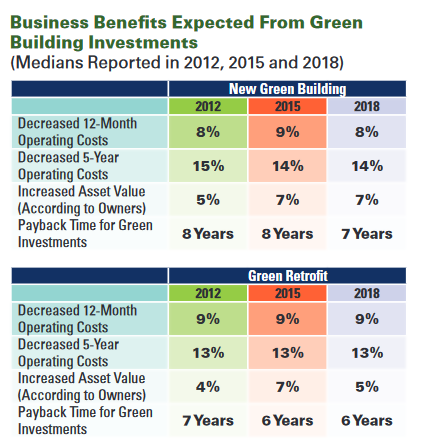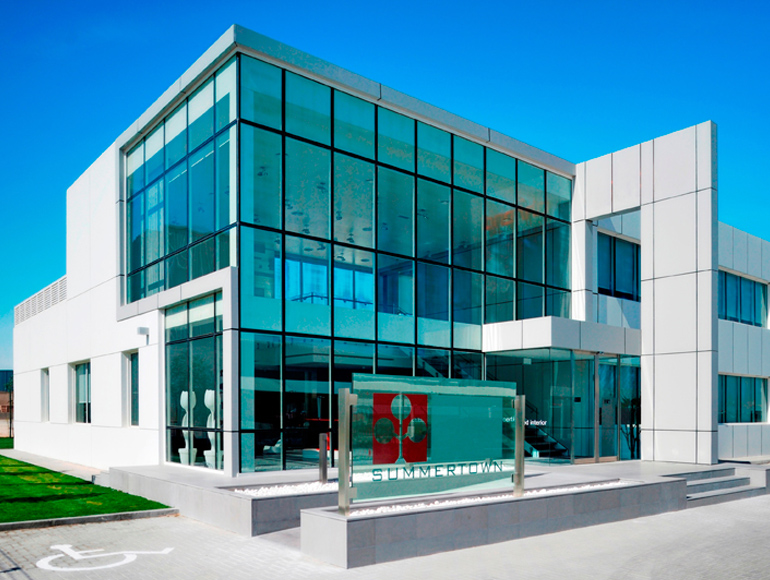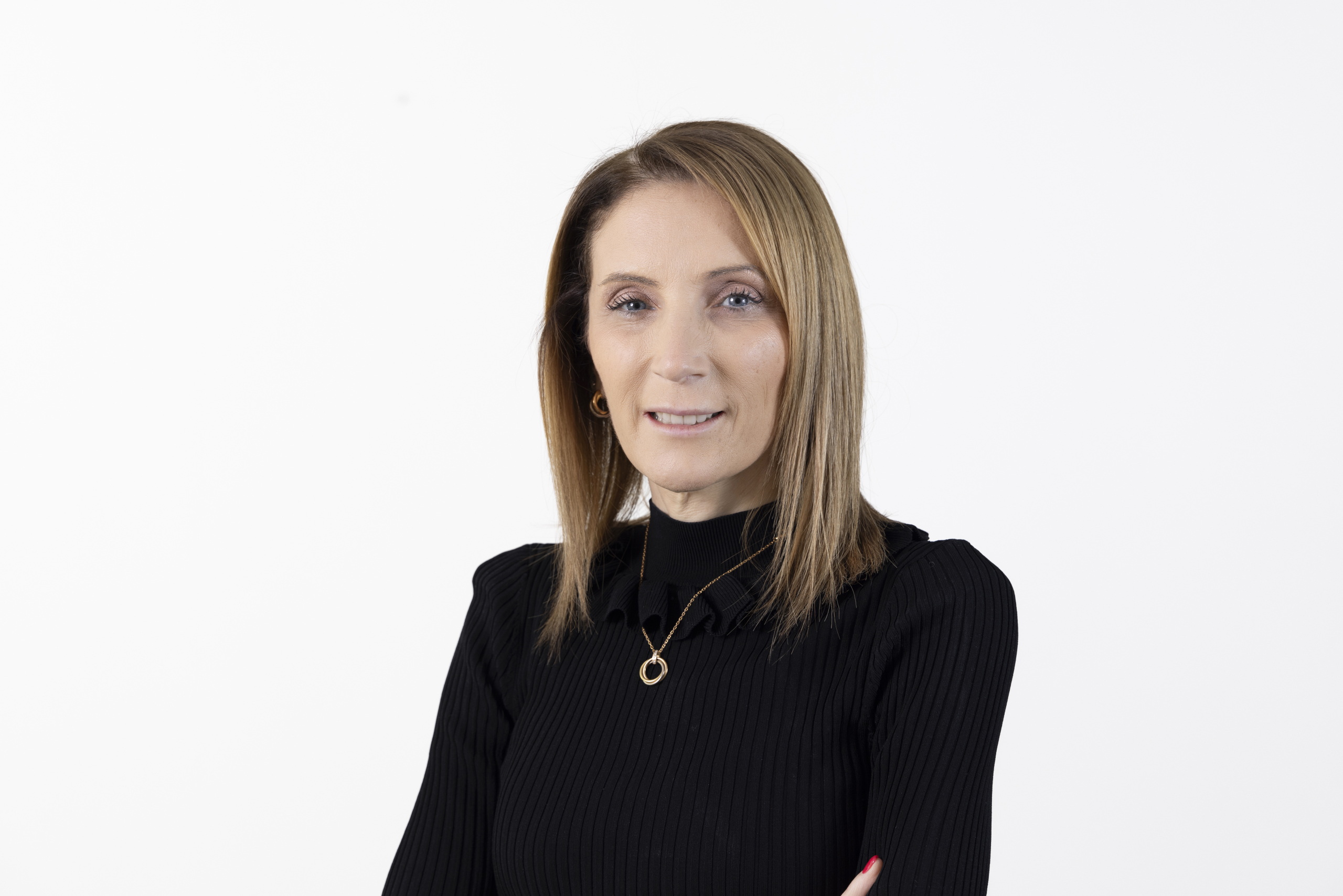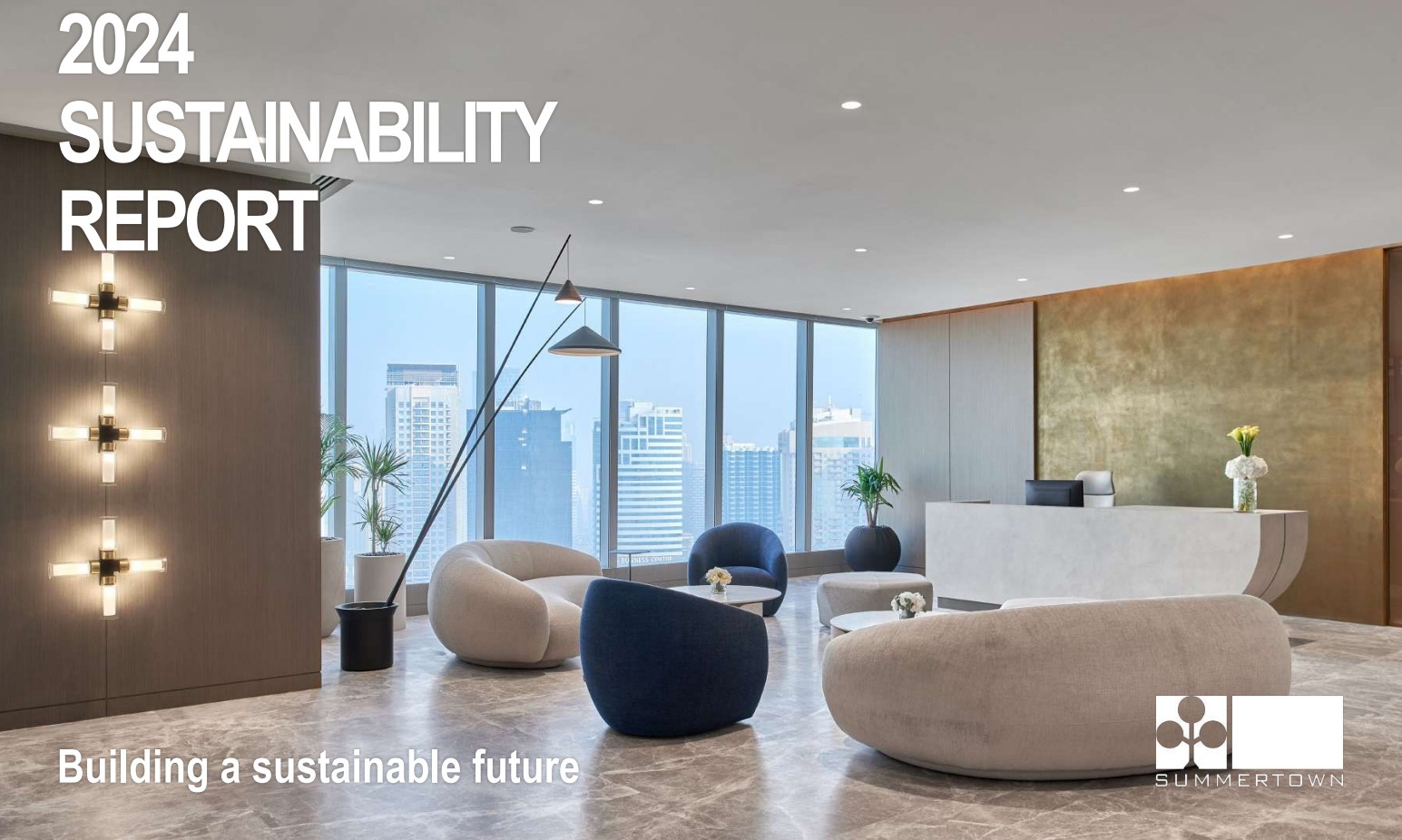A ‘green’ building is a building that, in its design, construction or operation, reduces or eliminates negative impacts, and can create positive impacts, on our climate and natural environment. Green buildings preserve precious natural resources and improve our quality of life.” – World Green Building Council [1]
Going Green: Can We Afford Not To?
Global & Local Sustainable Development Challenges
In an increasingly interdependent world, environmental challenges are on the agenda of all nations, whether highly developed or still developing. These challenges include climate change, loss of biodiversity, over-use of natural resources, and rising pollution levels. Environmental issues are intimately connected to economic development and sustainability. This connection has been recognised by the UN Sustainable Development Goals (SDG). There are many international agreements focusing on carbon emission reduction, including the Kyoto Agreement and the Paris Accord. However, the sense of crisis continues to grow. More people than ever are paying attention to environmental news and trying to modify their own behaviours to help the environment. Businesses are also playing their part with environmental sustainability becoming an important part of CSR.
For the government of the United Arab Emirates (UAE), environmental and economic sustainability are overlapping critical issues. The unique climate of the Emirates presents special environmental challenges, including a hot climate and water scarcity. Both these factors contribute to extremely high demand for cooling and for desalinated water production. The UAE’s reliance on petroleum has led to it being one of the countries with the highest carbon emissions per capita in the world [2]. Rapid economic development and high population growth in the past decades have also led to high energy consumption (exacerbated by subsidised prices, until recently), rapid urban development and rising pollution. These environmental pressures impact population health and the economy. For instance, a 2010 World Wildlife Fund Report (WWF) found that the UAE had the largest ecological footprint in the world.
“The ecological footprint is a measure of a country’s sustainability that compares the use of natural resources per person per capita, which is expressed by a unit of bio-productive land called the ‘global hectare’ (gha)” [3].
Since that time a great deal of progress has been made. The UAE is one of the first countries to adopt a comprehensive strategy to reduce its ecological footprint.
The UAE has always been at the forefront of countries advocating for sustainable and environmentally-aware development. It is a signatory of all the global climate accords. It was one of the first nations to the Kyoto Protocol in 2005, as well as being the first country in the Middle East to sign the Copenhagen Agreement. The UAE has implemented several local initiatives to address the nation’s specific environmental and developmental challenges, linked to the SDG. UAE programmes and initiatives include Federal Vision 2021, UAE Green Agenda 2030, and UAE Energy Strategy 2050. [4] [5]
Does A Green, Sustainable Fit Out Cost More?
While environmental concerns are getting more news coverage than ever before, there is still some resistance to adopting comprehensive sustainability frameworks, particularly among some business owners. The rationale is that while the environment is important, implementing wide-range changes in the ways we live, consume, build and work is too expensive and too complicated. There is a commonly held assumption that sustainable office design or green fit out costs more than using traditional building materials and methods. This perception is one of the main obstacles to the adoption of more sustainable office design and fit out.
For, example, the World Business Council for Sustainable Development in their 2007 report “Energy Efficiency in Buildings Facts and Trends” surveyed a global sample of 1,423 respondents including developers, corporate landlords, engineers and contractors. The majority of those surveyed believed wrongly that sustainable buildings cost on average 17% more to construct. They also believed that that greenhouse emissions from buildings contributed 19% of the world’s total emissions while the real extent is 40%. Hopefully, in the intervening years, these attitudes will begin to change.
Numerous studies have examined and compared the costs of sustainable versus conventional construction and fit out. The Building Codes Assistance Project (BCAP) reviewed many of the available resources and concluded that there is no significant difference in the costs associated with green buildings compared to conventional methods and materials. One often-cited study by the firm Davis Langdon determined that on average “green premiums” ranged between 1-2% to get a moderate level of sustainable design, for example, a LEED Silver rating. Of course, other studies have reached slightly different conclusions, finding a higher “green” premium. But, certainly, never to the extent that the extra theoretical costs are prohibitive.
But the question is still being asked: are green buildings more expensive? The answer to this question is not as clear-cut as some would like. Sustainable office design and fit out may require additional work and sourcing different materials. For instance, in the UAE, some premium green materials are not yet available locally. But this does not mean that the overall costs of sustainable fit out are more expensive than “conventional” fit out. According to the David Langdon study: “Even though there is no one-size-fits-all answer to the cost question, it is clear from the substantial weight of evidence in the marketplace that reasonable levels of sustainable design can be incorporated into most building types at little or no additional cost.” [6]
In a 2015 article posted on the USGBG site, Nora Knox observes that “If sustainability is viewed as an expensive add-on to a building, we would mistake efforts to reduce energy costs or improve indoor environmental quality as comparable to specifying a better grade of countertop or a more impressive front door. Under this approach, any improvement beyond a minimally code-compliant baseline looks like an added cost.” [7] If we consider energy improvements, for example, as part of an overall process, any added upfront costs are balanced by the longer-term savings. Other benefits such as improved employee health and performance as well as enhanced corporate branding are more difficult to quantify but are just as significant.
The Many Impacts of a Green, Sustainable Fit Out
“Green, or sustainable, building is the practice of creating and using healthier and more resource-efficient models of construction, renovation, operation, maintenance and demolition” [8]
 The World Green Building Trends 2018 SmartMarket Report finds that green construction has expanded dramatically around the globe over the last decade and more growth is forecasted in the coming years as we all feel an increasing sense of environmental urgency. The report is based on a global survey of more than 2,000 industry professionals. Most UAE-based respondents anticipate that most of their future projects will be green, doubling the current rate. The UAE government’s role in driving sustainable policies is seen as the main driver for this shift. However, respondents noted that barriers to more widespread adoption of green building design and construction remain due to concerns about affordability as well as a general lack of awareness as already discussed in the previous section.
The World Green Building Trends 2018 SmartMarket Report finds that green construction has expanded dramatically around the globe over the last decade and more growth is forecasted in the coming years as we all feel an increasing sense of environmental urgency. The report is based on a global survey of more than 2,000 industry professionals. Most UAE-based respondents anticipate that most of their future projects will be green, doubling the current rate. The UAE government’s role in driving sustainable policies is seen as the main driver for this shift. However, respondents noted that barriers to more widespread adoption of green building design and construction remain due to concerns about affordability as well as a general lack of awareness as already discussed in the previous section.
Green Building Costs: Think Differently Not More
Sustainable Fit Out can have a positive effect on the environment, society and the economy. It has been demonstrated to improve the health and well-being of employees, customers and other stakeholders. Going green can reduce operational costs, by improving resource utilisation especially energy and water consumption. It can also contribute to increasing property values, rents and occupancy rates. Around the world, green buildings command higher rental rates than other properties. For example, in the US, LEED-certified properties have a 3.7% rent premium and a 4% increase in occupancy when compared to similar non-certified locations. In Canada, rents for LEED-certified properties are 10.2% higher and occupancy increase by 8.5%. [9]
While certain green fit out elements can cost more upfront, in the longer term, green buildings cost less to maintain than traditional buildings. This applies to new offices as well as retrofits. Framing the green office fit out question as affordability versus sustainability misses the core of the issue. By focusing on upfront capital expenditure rather than longer-term operating costs trends, we may overlook why sustainable design and fit out make more business sense than traditional methods and materials. In the World Green Building Trends 2018 SmartMarket Report MENA respondents anticipate new green buildings can save on average 8% in operating costs over the first full year of operation. At the end of the day, the David Langdon study observed that there are expensive fit out projects and less expensive ones. It is not just a question of sustainability.
Green Sustainable Fit Out: A Quick Guide
It’s important to recognise that the best approach to sustainable commercial fit out is to put it first on the agenda. Integrating features to manage environmental impact and to manage resource utilisation from the start can help to control costs (fit out and operational) and delivers the greatest impact. But sustainability can be introduced into existing projects either through office re-fit or stand-alone interventions. In the “The True Costs of Building Green”, it is argued that sustainability in office design and fit out requires a holistic approach. There is no one-size-fits-all template for every office environment. As one green designer quoted in the article says: “We believe that every project, regardless of budget or programme, can have a sustainable quotient to it.” [10] Contractors can supply clients with different options on how to spend their money to get the most cost-effective and greenest outcome.
To that end, here are some features that can or should be incorporated into sustainable offices: [11]
Sustainable Office Design, Planning, Implementation & Maintenance
- Developing shared vision among stakeholders about the project, whether to proceed to certification and ensuring that all government codes and directives are adhered to
- Integrating sustainability at the core of the implementation process, not as an add-on, including:
- Material sourcing: sustainable, recyclable, non-toxic
- Safe Waste disposal
- Efficient Construction processes that minimise resource utilisation
- In the case of retrofits, undertaking energy and other resource audits to establish a base case and to determine if required actions are necessary
- Developing office sustainability maintenance plan
- Setting SMART goals e.g. carbon emission targets
- Office policies and procedures, e.g. recycling, procurement, employee engagement
Energy Efficiency and Renewable Energy [12]
Energy is one of the most critical issues faced in the UAE. According to a recent report by the Middle East Facility Management Association (MEFMA), 90% of UAE building operational costs are due to energy and facilities management. Moving to more energy efficient buildings could save $2 billion across the country.
Given the UAE’s hot climate, cooling is a major source of energy consumption. This can be reduced by 30 to 80% using proven and commercially available technologies according to the UNEP [13]. To reduce and manage energy consumption, you can:
- Aim for a detail-oriented fit-out that provides high-quality insulation, preventing the entry of hot air and the escape of cool air from window cracks or doors.
- Provide shading solutions, louvres, blinds and shades to cut down on glare and heat.
- Include “cooling” design elements, such as plants and water features.
- Optimise office layout to take advantage of air flow.
- Procure or upgrade energy efficient HVAC equipment and put in place regular cleaning and maintenance.
- Procure or upgrade office equipment and appliances, such as that it conforms at least to ENERGY STAR requirements. Also, enable equipment to revert to sleep mode when not in use.
- Use timers and occupant sensors to control output for cooling and lighting systems.
- Set up office zoning for A/C and lighting – including employee controls in specific areas. For example, high-density locations, such as kitchens, or open office areas may need cooler temperatures, while private offices may need less.
- Maximise use of natural lighting.
- Provide energy efficient lighting such as halogen incandescent, compact fluorescent lamps (CFLs), and light-emitting diodes (LEDs).
Water Efficiency [14]
The UAE suffers from extreme water scarcity. Setting in place water conservation strategies is not just good for the bottom line, it also helps the environment. This can include:
- Ensuring high-quality plumbing works to reduce leakages and possible faults, to include piping insulation
- Installing water-efficient toilet and kitchen fixtures such as low flow plumbing fixtures, dual flush toilets, faucets with on-demand sensors and aerators, water-efficient dishwashers and more
- Reusing grey water
- Smart metering and active monitoring to manage and control consumption
Waste Reduction
- Waste disposal plan during fit-out, including exploring recycling and reuse options
- Waste management office practices and incentives “Reduce, Reuse, Recycle’
- Promote paperless office culture
- Recycling: paper, plastics and toners
- Safe disposal of old equipment and batteries
Being Part of the Green Sustainable Future
If you’re not part of the solution, you’re part of the problem.
 Summertown Interiors’ corporate vision and strategy recognise global and regional sustainability initiatives, such as the UN SDG, UAE Vision 2021 Green Agenda 2025 and the UAE Happiness Charter. For more than 20 years, as one of the UAE’s leading sustainable contractors, we have developed extensive experience using the latest technologies and industry’s best practices to help clients achieve their sustainability goals by:
Summertown Interiors’ corporate vision and strategy recognise global and regional sustainability initiatives, such as the UN SDG, UAE Vision 2021 Green Agenda 2025 and the UAE Happiness Charter. For more than 20 years, as one of the UAE’s leading sustainable contractors, we have developed extensive experience using the latest technologies and industry’s best practices to help clients achieve their sustainability goals by:
- Improving energy, water and resource efficiency for buildings;
- Creating inspiring workplaces to enhance employee health and happiness; and
- Delivering operational savings, increasing building value and decreasing utility costs
In these times of increasing concern about the environment, it’s never been more important to change our mind set about green sustainable fit out. We encourage our clients to think more methodically and comprehensively about sustainability. We should not be asking how much does a sustainable fit out cost compared to conventional approaches. The question we should be asking is what the cost of not going green is to businesses, employees, the community and the environment. Going green may result in some higher upfront costs (in some instances) – but these are more than compensated for by longer-term results.
Contact Summertown today to discuss how we can help you create a better, greener, and more sustainable future for your business, the UAE and the world.
References:
[1] https://www.worldgbc.org/what-green-building
[2] https://gulfnews.com/uae/environment/uaes-most-major-environmental-challenges-addressed-1.1198279
[3] https://government.ae/en/information-and-services/environment-and-energy/environmental-protection/efforts-towards-sustainabilityt
[4] https://www.khaleejtimes.com/editorials-columns/uae-is-committed-to-reducing-carbon-footprint
[5] https://www.usgbc.org/articles/green-building-costs-and-savings
[6] https://archive.epa.gov/greenbuilding/web/html/
[7] http://www.triplepundit.com/story/2016/data-green-buildings-financially-outperform-rivals/22961
[8] https://www.worldgbc.org/what-green-building
[9] https://www.dpti.sa.gov.au/__data/assets/pdf_file/0003/293592/Green_Fit-Out_Guide.pdf
[10] http://www.studiocollantin.eu/pdf/UNEP%20Info%20sheet%20-%20EE%20Buildings.pdf
[11] https://www.csemag.com/articles/10-ways-to-save-water-in-commercial-buildings/

